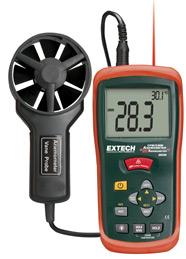AN207: DescriptionEach AN207 device has four independently controlled switches. The DG611 and DG612 respond to opposite control logic. The DG611 has a normally closed (NC) function while the DG612 is a nor...
floor Price/Ceiling Price
- Part Number:
- AN207
- Supply Ability:
- 5000
Price Break
- Qty
- 1~5000
- Unit Price
- Negotiable
- Processing time
- 15 Days
SeekIC Buyer Protection PLUS - newly updated for 2013!
- Escrow Protection.
- Guaranteed refunds.
- Secure payments.
- Learn more >>
Month Sales
268 Transactions
Payment Methods
All payment methods are secure and covered by SeekIC Buyer Protection PLUS.

 AN207 Data Sheet
AN207 Data Sheet







